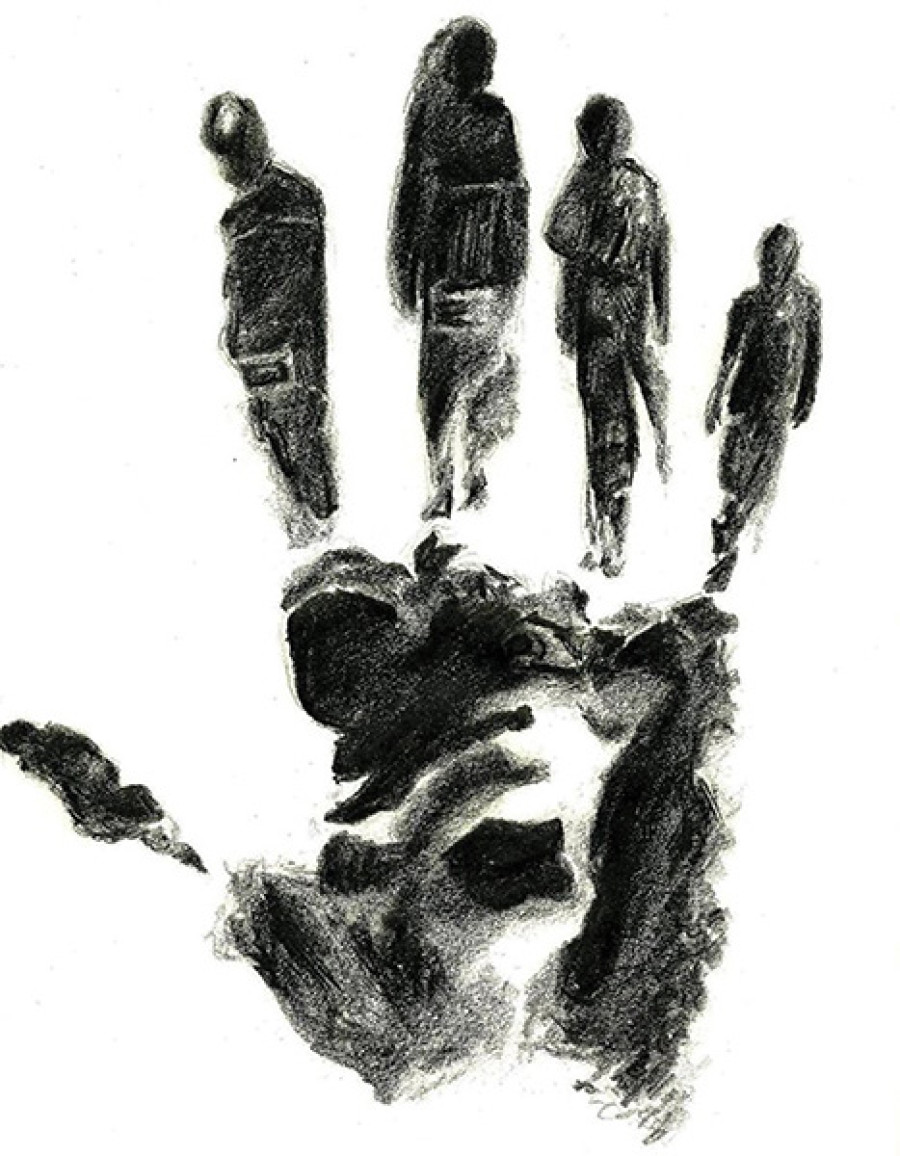Opinion
Come, all ye faithful
Incidents of caste-based violence against Dalits have further intensified the already heated debate for and against the renunciation of Hinduism.
Rajendra Senchurey
Incidents of caste-based violence against Dalits have further intensified the already heated debate for and against the renunciation of Hinduism. I recently had a debate with a pundit of Hinduism, and I discovered that doubts had to be cleared. This article attempts to debunk the murky sides of the religion, thereby shedding critical light for the transformation of our society which is still stuck in superstitions and social aberrations.
Continued existence
Every religion is guided by its scriptures. Let us see in brief what there is in the Hindu scriptures that affirm caste-based discrimination. There is a widely accepted consensus that scriptural sanction is the main cause of caste-based differences. This fact was accepted by spiritual gurus and socio-political reformists. Though they chose to eliminate the demeaning verses by hyperbolising those that decry such malpractices, at some point, they have acknowledged that the Hindu texts indeed preached the gospel of social inequality, suppression, oppression, deprivation and marginalisation. Defenders of Hinduism also say that the caste system was only added later. However, they don’t have an answer as to why they can’t be thrown out if they were later additions. Anyway, the caste system which puts Dalits on a level lower than a dog is still in existence, and this is not digestible for 21st-century edified Dalits.
This apologist of the caste-system further insisted that the caste was not dictated by one’s birth according to varnashram (class system). So I asked him if he could show anyone whose occupational class had been upgraded because of his or her talents. This is not found even in mythological tales, let alone in praxis. The opposite can be found, instead. The rain ‘god’ Indra in the Mahabharata did not allow Matanga to become a Brahmin as he had been born to a Shudra couple. The same book contains the story of Karna, the son of Kunti who was detested and rejected by the teacher Dronacharya as he had been raised by Suta, an impure one begotten by a Kshatriya man and a Brahmin woman. Likewise, the ascetic Shambuka of the Ramayana was beheaded by Rama for doing penance despite being a Shudra, the lowest of the four classes.
Inspiration to convert
Why should we worship gods who despised and persecuted our ancestors? Why should we chant ‘Rama Rama’ when the same Rama was so brutal to us? Why should we read the Bhagavad Gita or exalt Krishna who considered the wombs of Shudra mothers as wombs of sin? The answers to these questions have inspired Dalits to convert to other religions.
Estienne de La Boétie, a 16th-century French intellectual, posited that power could be achieved by withdrawing passivity and submission. Nepali Dalits are, unknowingly, in the process of denying obedience and submission to those that have ridiculed, persecuted and inflicted pain through unjust laws that forced them to live lowly lives. This denial is towards god. This is the point to be noted here. It’s a challenge by enlightened Shudras to reject the god who beheaded our forefathers for doing penance and ordered his benighted prophets to slam shut the doors of temples in the face of Dalits. Non-Dalits want to trap Dalits within the fold of Hinduism as untouchables. This is because their inner eyes have been opacified by the immunity and privileges they are enjoying under the guise of purity and pollution and so cannot see the warped views of the scriptures. They do not condemn discrimination and advocate reform, nor are they sympathetic to conversion.
Surprisingly, a section of intellectuals like the one with whom I held a debate implicitly advocate reserving this so-called Sanatan Dharma because of a growing fear of Christianisation. They fear forlornness, but do not bother to think what drives modern Dalits away from Hinduism, the religion of their ancestors. They disdain the Bible, but do not take the time to review the Manusmriti, the Hindu law book. They simply accuse the converters, mainly Dalits, of being lured by money, dollars in their parlance; but they never try to put themselves in the Dalits’ shoes in order to understand from where this profound urge is emanating.
Christianisation is the third option open to Dalits since conversion to Buddhism is of no help as it has synthesised with Hinduism in many respects, along with the assimilation of casteism. Becoming an atheist requires nerve to deny a saviour for hard times, which is not possible for many Nepalis. The logic is very simple and needs no argument. When the house just across the road is waiting to welcome you with its door wide open, why would you stand outside a house that has never opened its doors to you? It is up to Hindu leaders to decide whether to open their doors to Dalits wholeheartedly or see them decamping. For Dalits, there remains no confusion as has been seen all throughout social media. If not allowed to enter, better opt for an exit.
Senchurey is a UNESCO/Japan Research Fellow at Trinity College Dublin, Ireland




 13.12°C Kathmandu
13.12°C Kathmandu










